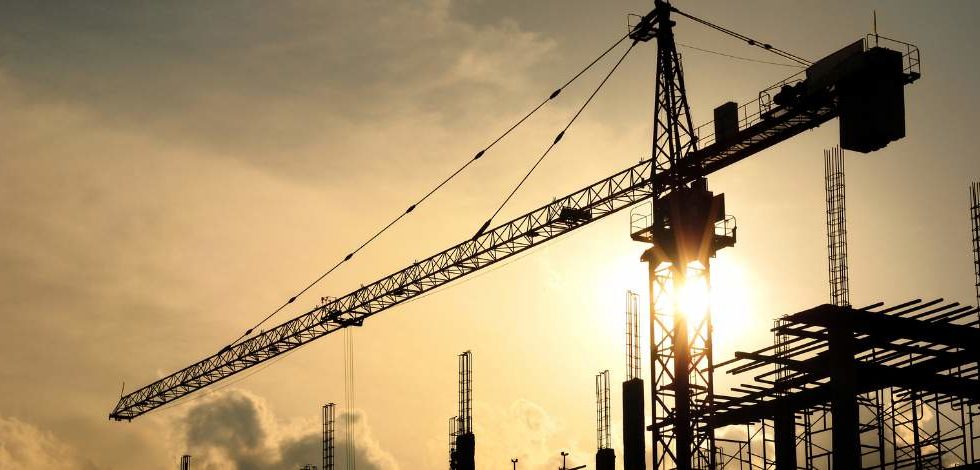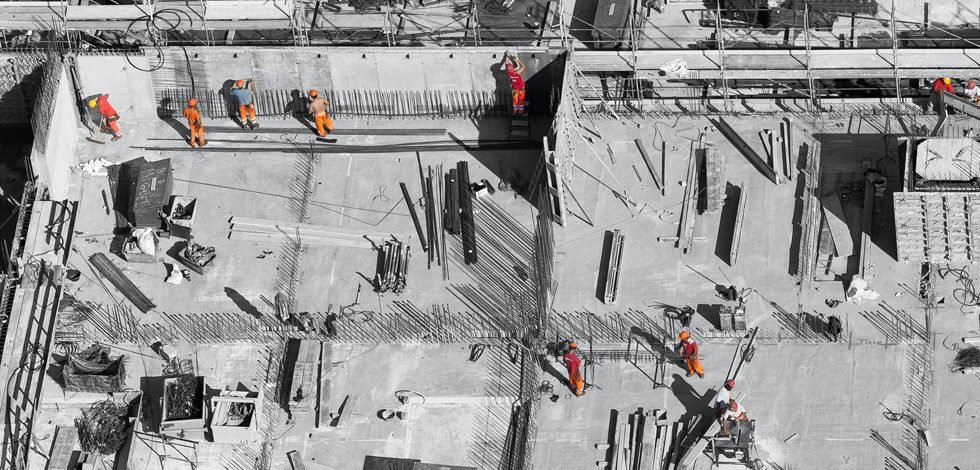The UK aims to achieve net-zero carbon emissions by 2050, yet, at the same time has pledged to build more houses and invest heavily in infrastructure projects across the UK. Achieving both will only be possible if the construction sector finds ways to reduce its carbon footprint, which cannot be achieved without devoting time and resources to innovation.
There should be no illusions at the scale of the problem faced: building accounts for 40% of carbon emissions in the UK and 60% of all waste. According to the Committee on Climate Change, the industry has little more than 10 years to make all new buildings net-zero to comply with climate targets.
Part of this problem stems from the construction sector being slower to innovate compared to other industries. This has been caused, not by a lack of willingness, but a lack of funding, as construction companies generally make less profit, which means they have often cannot spare the cash to pump into innovation projects.
Building focus on R&D
However, it is dawning on construction firms that allocating capital for R&D is essential for progress and the sector is now taking strides as businesses begin to implement technology that has been talked about for a long time, whether that be robotics, digitalisation, or alternative materials. Part of this progress has come from construction borrowing from advances in other fields, but there has also been a wealth of construction-specific R&D, such as advances in material science and understanding of structures and failure modes.
A key aim for going forward must be to use these advances to design new buildings to be net-zero or, even better, energy-positive buildings that give back more than they consume over their lifetime by using battery storage and other smart solutions.
As well as the structure itself, companies must look toward the building process. Firms must act immediately to decarbonise energy use on construction sites, where diesel power is still the dominant power source. Some major contractors are trialling hybrid generators but the technology is still small scale, which means R&D has to be ramped up.
Additionally, there is a huge scope for materials producers and contractors to utilise technology to tackle construction’s huge waste stream. Major firms such as AIUK and Hanson are already doing this, focusing on re-purposing raw materials. There isn’t just an environmental incentive but a business one. In Ayming’s recent report into the state of global innovation, we found that the most popular answer for why businesses are undertaking sustainable innovation projects is because it will improve business performance.
Firms can also reap the rewards of data and analytics. The cost of IT infrastructure has come down to such an extent that firms can reap the benefits for minimal overheads. They can utilise this infrastructure to develop tracing and data to understand where the kinks in the supply chain lie. This is particularly valuable for concrete, for example, which accounts for 8% of humanity’s carbon footprint. The availability of technology to support innovation is vital and is seen as the most important factor that firms need to help them to not only successfully innovate but innovate sustainably, according to our recent IIB report.
Covid-19 might help achieve the net-zero goal for construction
Despite many worrying that Covid-19 would slow this progress down, it has increased innovation in the construction sector. Companies have seen innovation as a way to cut down costs and innovate in the face of uncertainty, which is encouraging. The sector has realised that they must change to survive. As we approach a second lockdown, firms must continue on this course, and don’t cut back on R&D.
The past few years have seen incredible progress, as a sector that was once seen as lacking any innovation at all, has progressed leaps and bounds in such a short space of time. This progress must be continued – the national commitment to net-zero will require the whole construction sector to prioritise sustainable innovation going forward, through Covid uncertainty and beyond.
This article was first published on New Civil Engineer on 29th November 2020.















No Comments